


|
|
||||||||||||
|
|
||||||||||||
|
|
|||||||||
|
|
Georgia Dahlonega Old Court House and Gold Museum 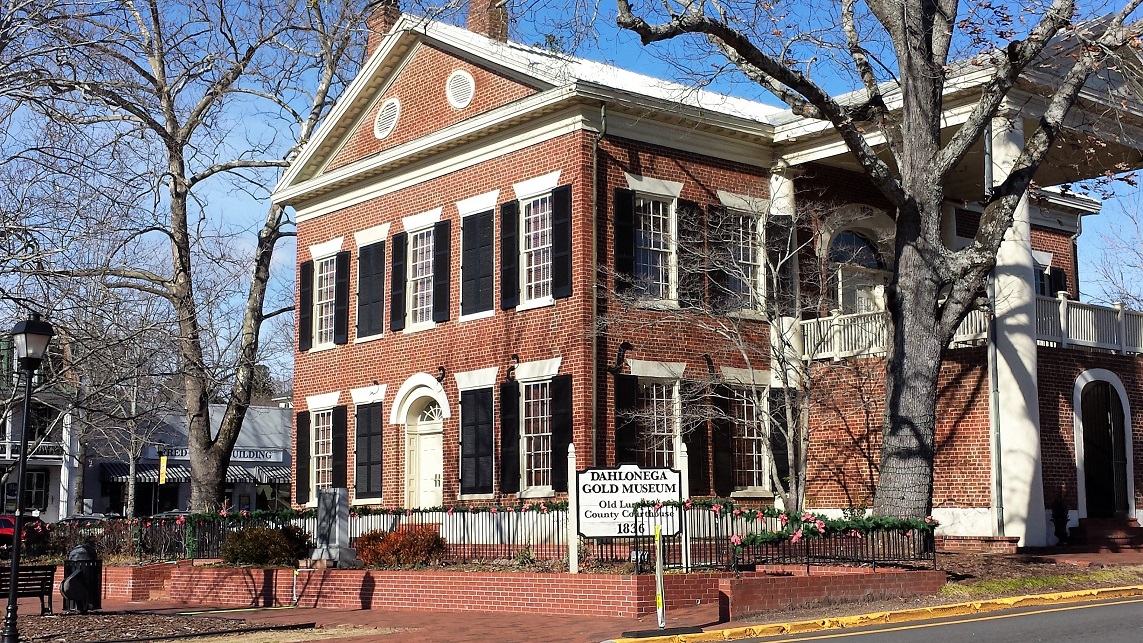
Constructed as a two-story building in Federal with Greek Revival influence in design. Constructed of solid brickwork ranging in thickness of between 22.5 and 24 inches. The lower floor served as a place where farmers sold their produce, although in 1840 it included an eatery It has also been used for offices for the courts clerk as well as attorneys, while the upper story was used as the county courthouse. In 1965 it was replaced as a courthouse by a new building and it was suggested that it should be demolished and the site be used as a parking lot. This was opposed and the building was sold to the state of Georgia who stabilized and refurbished the building resulting in it being converted into the museum. On July 1, 1967, it opened as The Dahlonega Gold Museum in order to commemorates America's first gold rush and the mining history of Lumpkin County. The Georgia Gold Rush took place following the discovery of gold by Benjamin Parks in the Lumpkin County area while deer hunting in 1828. This was to be the first major gold rush in American history and predated the Californian gold rush by 20 years. The first prospectors came to Auraria and Dahlonega, which were at the time deep inside Cherokee land. That was to result in the Trail of Tears by which the removal of the Cherokee Nation from their land was to become known. This was the forced relocation of Native American Cherokee in the 19th century from the Southeast to reservations in Oklahoma. The Dahlonega Gold Museum tells their story and also of the miners and those that followed, as well as the events that were to shape the city and the area. The museum includes displays on three themes the old Lumpkin County courthouse, the gold rush of 1829 and the Dahlonega Mint, although it also includes various other aspect such as the Trail of Tears. In addition to the court, the Lumpkin County Courthouse held the assayer's office, so it was a popular stop for the local miners and a display in the museum tells the story of the assayer and contains a number of artefacts. Due to the gold being obtained in the area the US Mint opened a branch in Dahlonega in 1838 and this was to coin more than $6 million in gold before closing in 1861. Today, visitors can see a complete set of these rare coins, a nugget weighing more than five ounces, Visitors also can see a number of displays including a large hydraulic cannon and nozzle used to blast soil from the mountainside in order to expose the veins of gold. A film is shown in the theatre explaining the history relating to the area and a combination of historic documents and displays bring the story to life. A major renovation costing $500,000 was undertaken at the museum culminating in June 2018. This involved the installation of new, large glass panels displaying information relating to the history of the area and the way that mining was carried out. In the courthouse upstairs, the original hardwood floor was exposed where court proceedings once took place. Just off this is the judge’s chambers and jury room. A large wall separating that area from the rest of the theatre was installed with a photo of the courthouse spanning the entire wall to give a sense of what it would have been like. The museum includes displays on three themes the old Lumpkin County courthouse, the gold rush of 1829 and the Dahlonega Mint, although it also includes various other aspect such as the Trail of Tears. With about 26,000 visitors each year, the museum is one of Georgia’s most visited state historic sites. The museum also contains a gift shop containing a variety of objects related to the area and the events relating to the gold rush and Dahlonega. 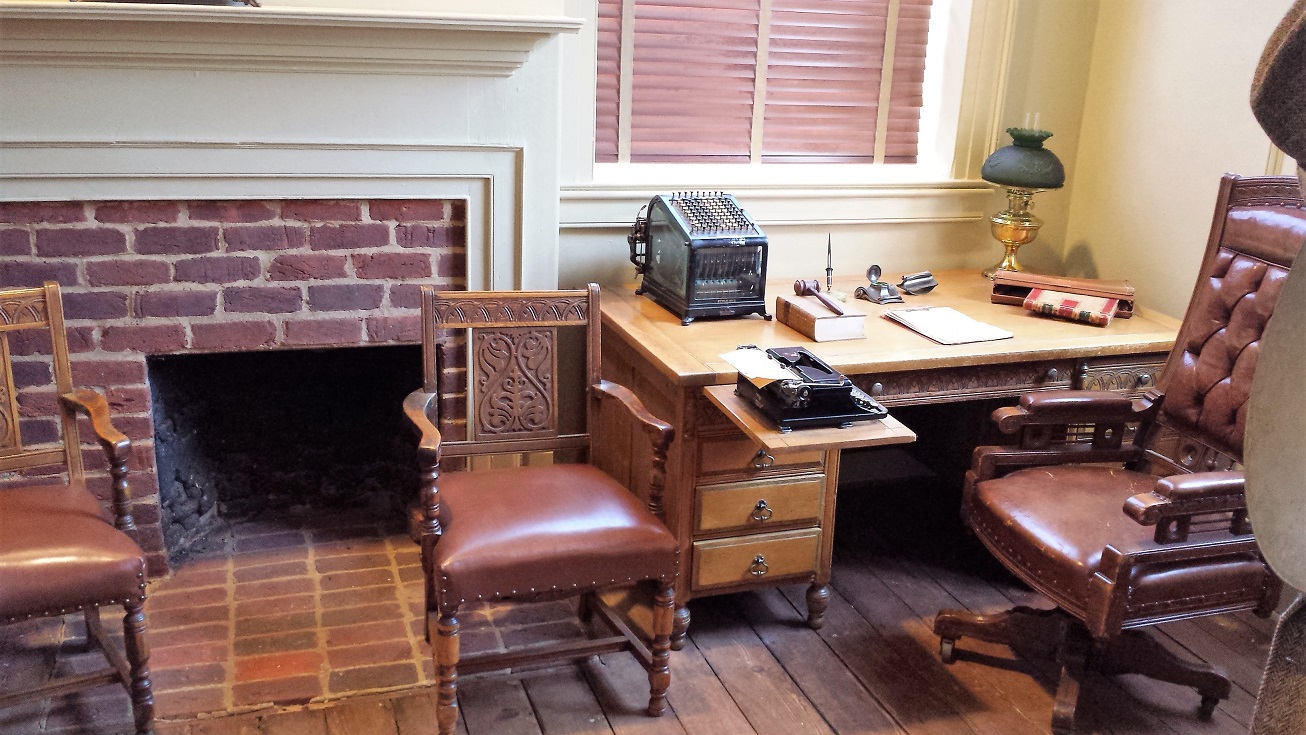 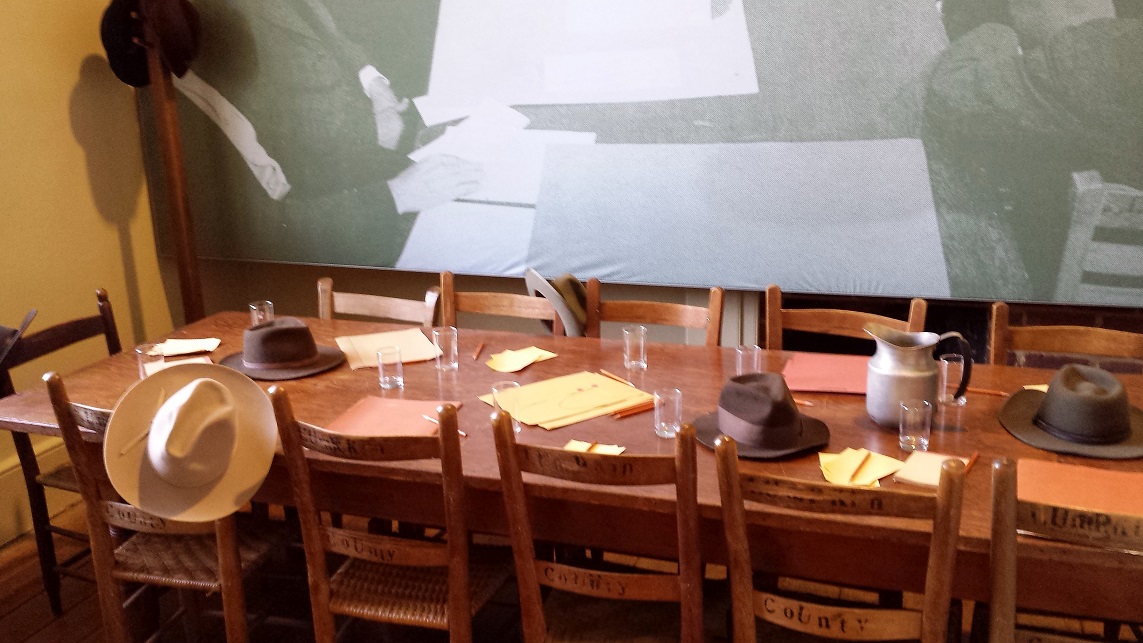
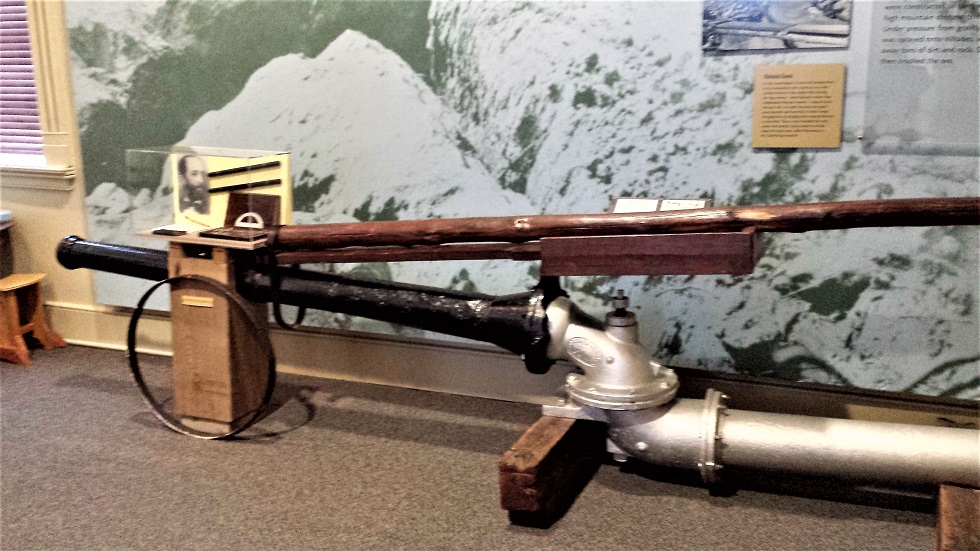 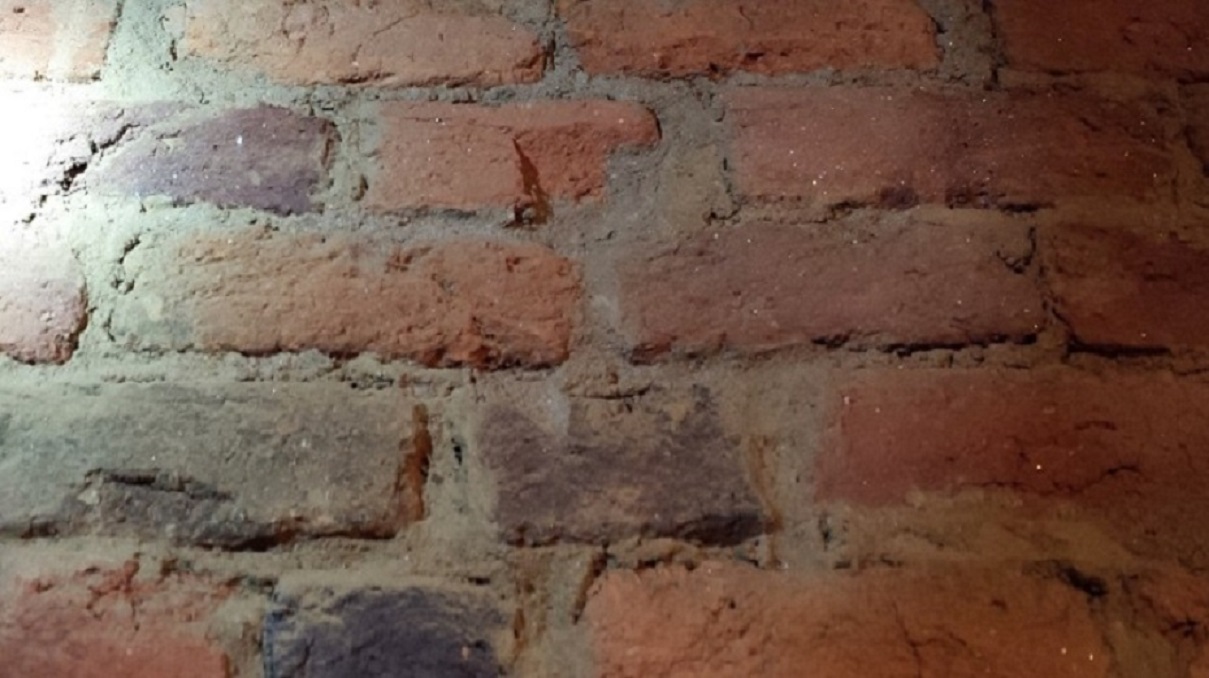
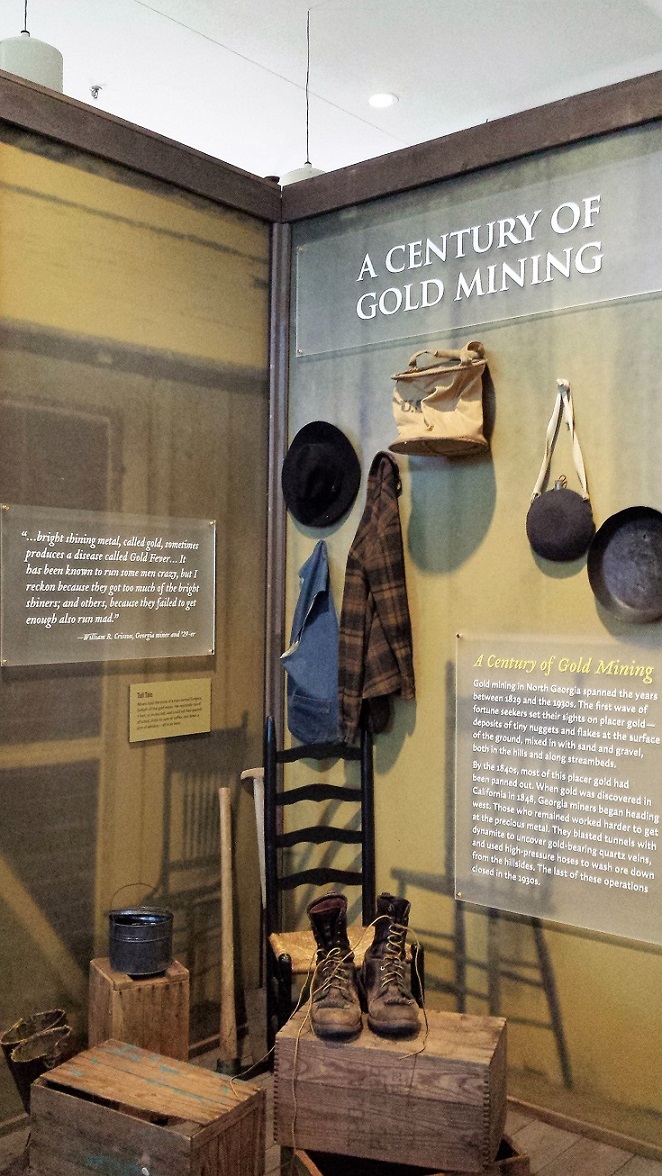 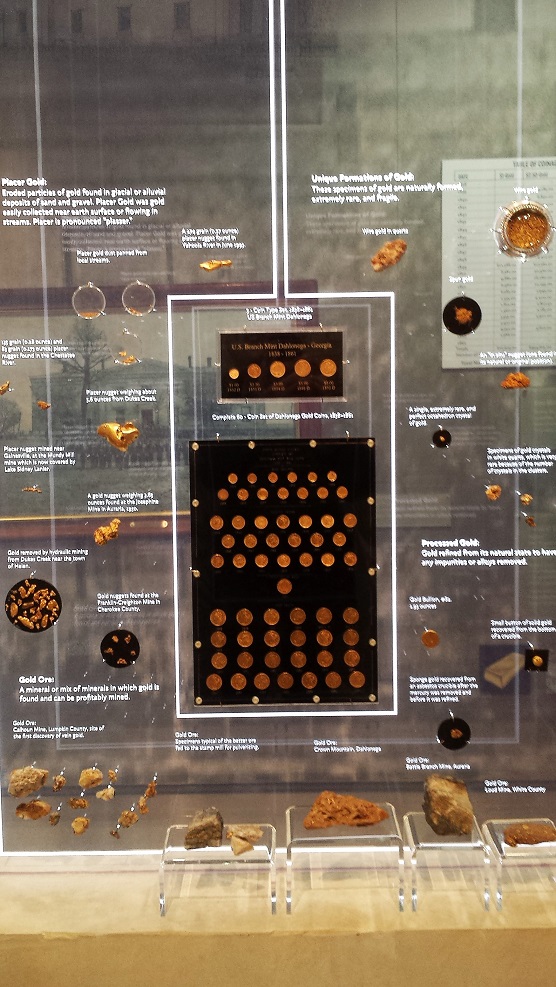
|
|
|||||||
|
|
|||||||||
All Photographs were taken by and are copyright of Ron Gatepain
| Site Map |